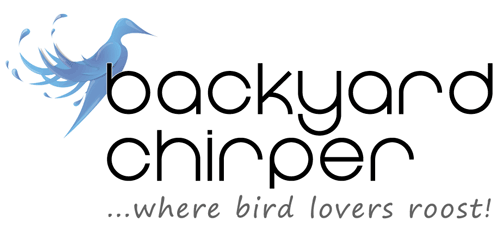Hopper Feeder
When you think of what a bird feeder looks like, a hopper feeder is the quintessential image that comes to mind. Traditional designs like barns and houses are common in hopper feeders, while recent adaptations include globes and sky cafes. A hopper feeder can be hung from decks, awnings or branches. One of its positives is that it can hold a large amount of food, which reduces refill frequency. A hopper feeder will also attract a large variety of birds.
Platform Feeder
A platform bird feeder is one of the most basic bird feeder designs. Simply put, it's a flat surface on which bird seed is spread. A platform feeder can be hung from trees or mounted on a pedestal. Its flat open surfaces make it ideal for mixing a variety of bird feed easily.
The main complication associated with a platform feeder is that it is often accessible to pests, especially squirrels. For this reason, a platform feeder will often come equipped with a squirrel baffle.
Suet Feeder
A suet feeder can come in almost any size or design, from a squirrel-proof plantation cage to an ornate bird chalet. What they share is the ingredient inside. Suet is a mixture of fruit, seed, peanut butter and other grains that are processed to form a cake that acts as a high source of protein and energy for many bird species. One of the benefits of a suet feeder is that it doesn't have the mess potential of other grain feeders. It also has the ability to attract a huge variety of birds, such as blue jays, chickadees and magpies.
Tube Bird Feeder
A tube bird feeder looks just like it sounds--a skinny, cylinder-shaped bird feeder. The tube feeder is available in a number of different styles and designs, some of which have room for up to 18 birds on various perches and pegs. A tube feeder is ideal for dispensing a wide range of bird seed.
Thistle seed and nyger seed are two common kinds of bird feed used in a tube bird feeder. They primarily attract smaller birds, such as juncos and finches. One variation of the tube feeder is the upside-down feeder, which caters to a small minority of birds who eat while inverted. A tube bird feeder is also commonly referred to as a finch feeder, due to the fact that it often targets finches.
Specialty Bird Feeders
Many bird watchers seek to attract a specific bird species to their backyard or patio. For this purpose, a specially designed bird feeder is ideal. A few examples are the hummingbird feeder, oriole feeder and cardinal feeder.

